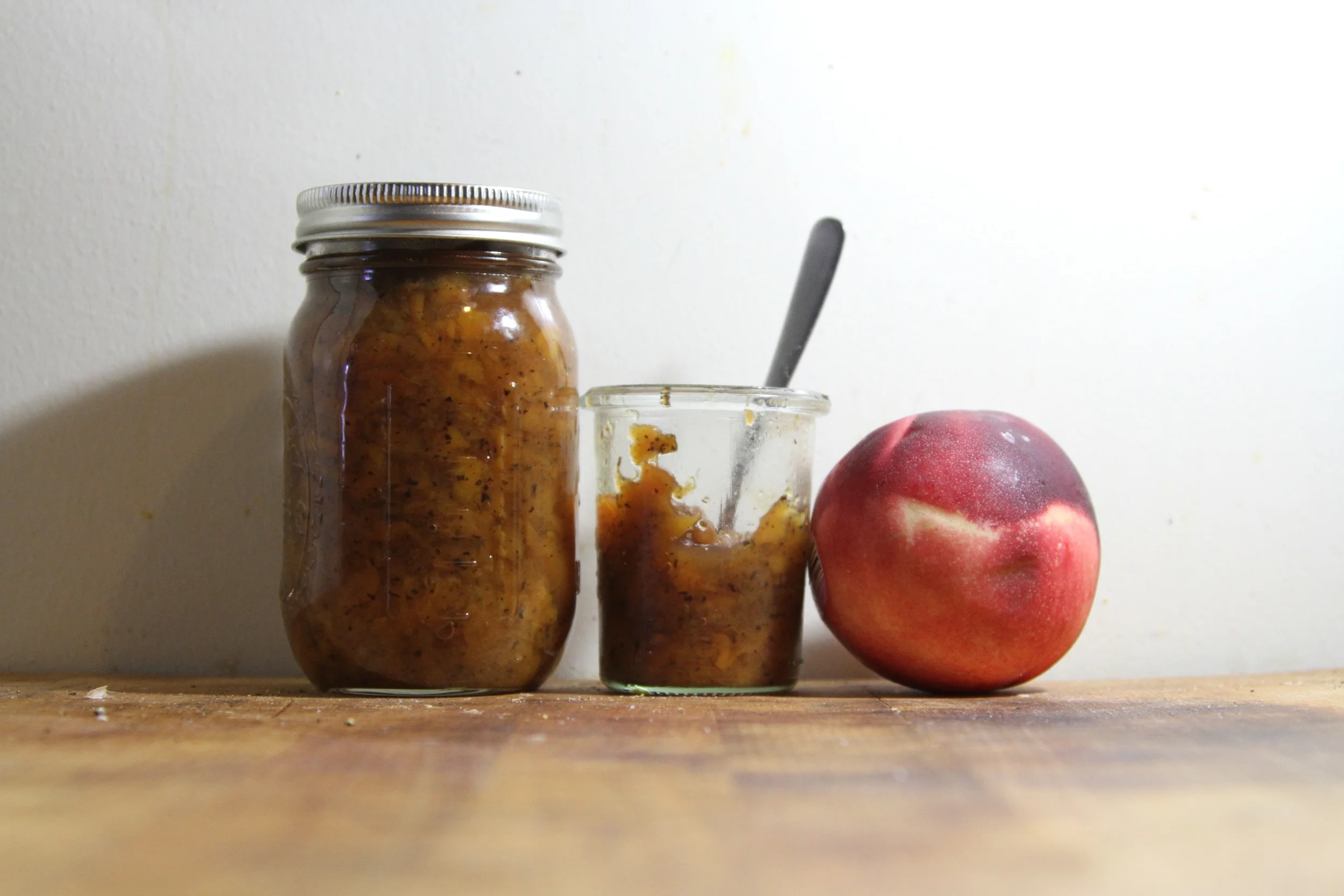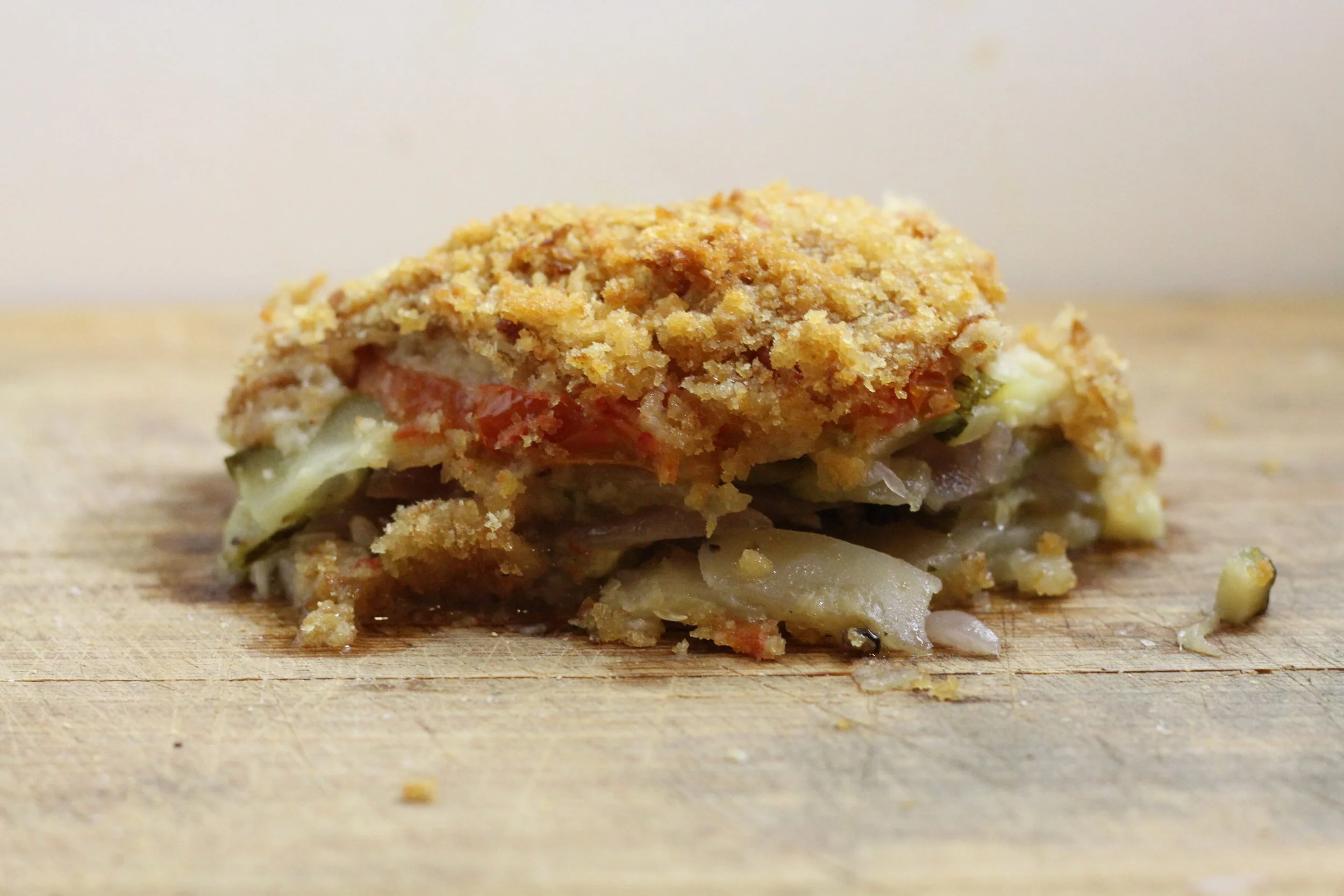Heirloom Beans, by Steve Sando & Vanessa Barrington
Deep Cuts are appreciations of older favorites.
I received a curious but welcome birthday gift this year – 20 pounds of Rancho Gordo beans, and with them an opportunity to delve into Heirloom Beans. First of all, to get the obvious out of the way – yes, this is ‘just’ a book of bean recipes, cooking methods, and accompaniments. No, you don’t need access to Rancho Gordo beans, although high-quality dried beans are what make the book (life?) worthwhile. And yes, making a pot of beans every week is a very good idea if you use these airtight recipes to keep them interesting.
To a certain extent, Sando is selling a lifestyle as much as any other cookbook writer – the Napa insider with access to great wine and produce, friends in the fancy restaurant industry, world travels, a booth at the San Francisco Ferry Terminal. What sets him apart is that he’s completely and utterly sincere in his evangelizing, and it is really goddamn endearing. It’s refreshing to read someone who is just trying to sell you beans, because he thinks you’ll like them – as opposed to cupcakes, cashmere, distressed wood furnishings, or whatever else today’s lifestyle writers/endorsers are touting. He has a point - there’s something magical about turning beans-in-a-bag into a finished meal, and this book gives you a taste. As it says in his introduction, “So you made a pot of beans. There’s a sense of accomplishment in that. I always feel as if there was a bit of a struggle between the rock-hard beans and me, and I won!” The excitement is contagious.
And the recipes are good. First, you’ll need to make the beans – of the methods Sando and Barrington suggest, my favorite is what he calls the Russ Parsons method. I add a short pre-soak because skipping that step gives me anxiety, and anxiety has no place in bean cooking. Follow his advice and eat a warm bowl straight from the oven, then move on to more complicated meals. Having a supply of cooked beans ready to go is a true dinner luxury, and one of the best ways I found to cook with this book was to figure out what vegetables or meat I had on hand, look them up in the index, and make whatever assemblage I found. Add some cheese or a carb on the side, and you have dinner. The book has a good mix of recipes from restaurant chefs and home cooks, ranging from very flexible to rigid in terms of ingredients and technique. Along with the beans we have some important schooling in related topics such as salsa, masa harina, and pickles. While Rancho Gordo is focused on New World beans, these recipes find influences everywhere beans are important, from Italy to India and back to Mexico and California. I loved the fritters (see below), the cannellini beans with oven-dried tomatoes and sage, and the green bean salad, but you'll find other favorites that are exactly to your taste. As a bonus, I'm Italian-American and grew up with pasta fagiole, or "basta bazool" as I thought it was pronounced. Rancho Gordo's method for it is the absolute best and it's free right here.
Overall, the effort-to-satisfaction ratio is so high that I would recommend this book as a great gift for teenagers or a beginner cook, something to whet their taste for turning not-very-much into a great meal. It’s just a pile of beans! they might tell you. But you’ll know better, and soon they will too.
make this one thing:
Zuzu's Yellow Indian Woman Fritters
2 cups drained, cooked Yellow Indian Woman beans*
1/4 cup whole milk
1/4 small red onion
1 cup yellow cornmeal
1/3 cup all-purpose flour
1 tablespoon sugar
1/2 cup buttermilk
1 egg, beaten
2 tablespoons chopped fresh cilantro
grated zest of 1 lime
1 1/2 teaspoons coarse salt
1/2 teaspoon freshly ground pepper
safflower or grapeseed oil for frying
classic red salsa and sour cream for serving
In a food processor, puree 1 1/2 cups of the beans, the milk, and the onion until a smooth pasta forms, stopping once or twice to scrape down the sides of the bowl. {ed. note - you can just use a hand blender in the same large bowl that you'll do the next step in.}
In a large bowl, using a potato masher, mash the remaining 1/2 cup of beans until they are smooth with some texture remaining. Add the beans from the food processor, 1 cup cornmeal, flour, sugar, 1/2 cup buttermilk, egg, cilantro, lime zest, salt and pepper. Mix well with a rubber spatula. The texture should be like that of oatmeal. Add more cornmeal or buttermilk if necessary.
Preheat the oven to 225F. Line a baking sheet with paper towels.
Pour the safflower oil to a depth of about 1/2-inch into a medium, heavy skillet. Put over high heat and heat the oil until it is very hot and shimmering, but not smoking A scant teaspoon of bean batter should hold its shape and sizzle on contact. If it smokes and burns, the oil is too hot. Adjust the heat accordingly.
Working in batches of about six fritters, drop the bean batter by scant tablespoons into the oil, being careful not to crowd the pan, and cook until the fritters are set and browned on the bottom, about one minute. Carefully turn them with tongs or a metal spatula and cook on the second side for one minute. The fritters should be set and turn a dark caramel brown. Place the fritters on the paper towel-lined baking sheet and keep them warm in the oven. Adjust heat and add more oil if needed. Let the oil come to temperature before cooking more fritters. You will have about 25 fritters. Arrange the fritters on a plate and accompany with salsa and sour cream.
*Any of the firm beans that puree nicely are perfect here. Try Vallartas or pintos.







